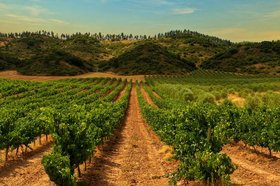Cinsault Wine Regions, 10 Best Wines To Buy In 2025
Cinsault is the quintessential blending grape that adds softness and aromatics to the Grenache, Syrah, and Mourvedre (GSM) blend of Rhone Valley and the delicate Rosé wine of Provence.
Once widely planted, this resilient grape saw a decline until recent years. Today, alluring varietal wines from old-vine Cinsault have drawn renewed interest in the grape.
So, where does the Cinsault grape thrive, and what does it taste like as a varietal wine?
We’ll get to answering these questions and more, including why this grape grows so well and which bottles of Cinsault wine you should try.
Further reading
- Find out more about wine grapes that are often combined with Cinsault in red blends, like Grenache and Syrah.
- Uncover the Fine Wines of the Rhone Valley, one of the places where Cinsault thrives.
A Quick Intro to the Resilient Cinsault Grape
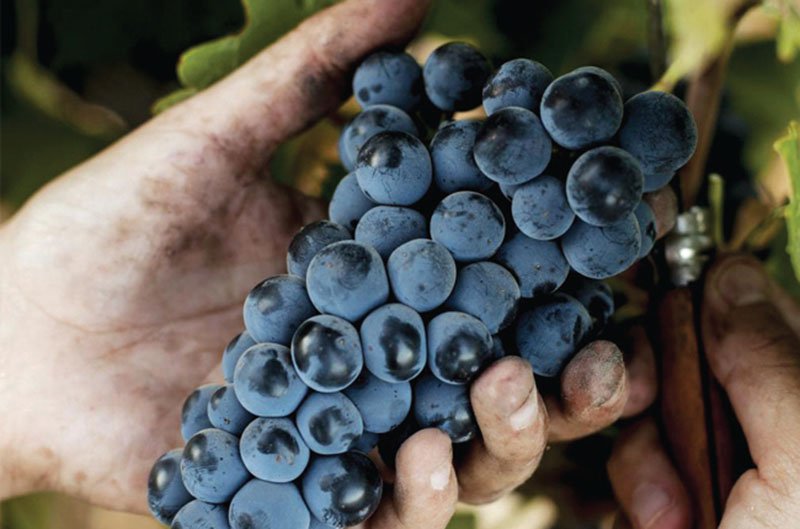
Cinsault is a dark-skinned, red grape, traditionally used in Southern Rhone red blends.
The origins of Cinsault are somewhat murky. Some place the Hérault region in Southern France as home to this ancient grape. Others propose that it may have been brought to France by eastern Mediterranean traders.
Whatever its origins, the Cinsault grape has been cultivated for over four centuries.
Its resilient nature lends to a wide distribution across many wine regions, which explains why Cinsault grapes also have many synonyms.
The Many Names of Cinsault
You’ll sometimes find Cinsault spelled without the “L,” resulting in Cinsaut.
Another common name is Oeillade Noire, typically used when the variety is sold as a table grape. Don’t confuse this with the French grape varietal Oeillade Noire of Provence and Languedoc.
In South Africa, it’s also known as Hermitage (not to be confused with the French appellation Hermitage, famous for its Syrah wines).
Here are a few more names this grape is known by:
- Blue Imperial and Black Prince (Australia)
- Ottavianello (Italy)
- Black Malvoisie (US)
- Samsó and Sinsó (Spain)
- Mavro Karamelki (Greece)
- Malaga and Bourdales Kék (Hungary)
Next, let’s look at some fine bottles of Cinsault to try.
10 Cinsault Wines to Savor in 2024
Here’s a selection of Cinsault wines you should consider trying:
- 2018 Saint Prefert Domaine Isabel Ferrando Châteauneuf-du-Pape F601, Rhône, France
- 2018 Domaine Danjou-Banessy 'Espurna', IGP Cotes Catalanes, France
- 2018 The Sadie Family Die Ouwingerdreeks 'Pofadder' Red, Swartland, South Africa
- 2017 A.A. Badenhorst Ramnasgras Cinsault, Swartland, South Africa
- 2018 Domaine des Tourelles Cinsault Vieilles Vignes, Bekaa Valley, Lebanon
- 2020 Brash Higgins 'CINS' Lennon Vineyard Cinsault, McLaren Vale, Australia
- 2020 Turley Wine Cellars Bechtoldt Vineyard Cinsault, Lodi, USA
- 2018 Birichino Bechthold Vineyard Old Vines Cinsault, Mokelumne River, USA
- 2019 Pedro Parra 'Imaginador', Itata Valley, Chile
- 2018 De Martino Viejas Tinajas Cinsault, Itata Valley, Chile
1. 2018 Saint Prefert Domaine Isabel Ferrando Châteauneuf-du-Pape F601, Rhône, France ($750)
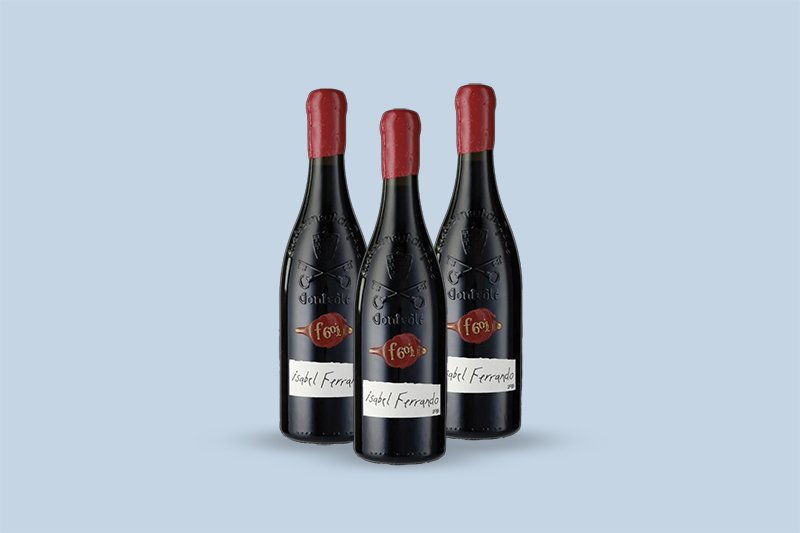
This elegant, exotic wine is named after its vineyard parcel, F601, and is made of 100% old vine Cinsault. It displays a floral and spicy aroma, with herbal cherry and raspberry fruit flavors on a silky palate.
2. 2018 Domaine Danjou-Banessy 'Espurna', IGP Cotes Catalanes, France ($70)
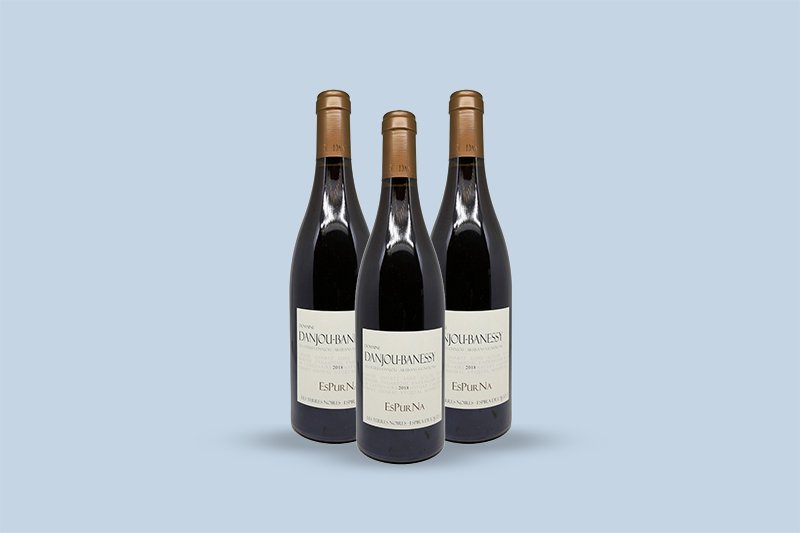
Floral and aromatic, this extraordinary Cinsault is from vines over 100 years old. You will experience notes of cool mint with cardamom and cumin, red fruit, and nectarine skin from this elegant red wine.
3. 2018 The Sadie Family Die Ouwingerdreeks 'Pofadder' Red, Swartland, South Africa ($70)
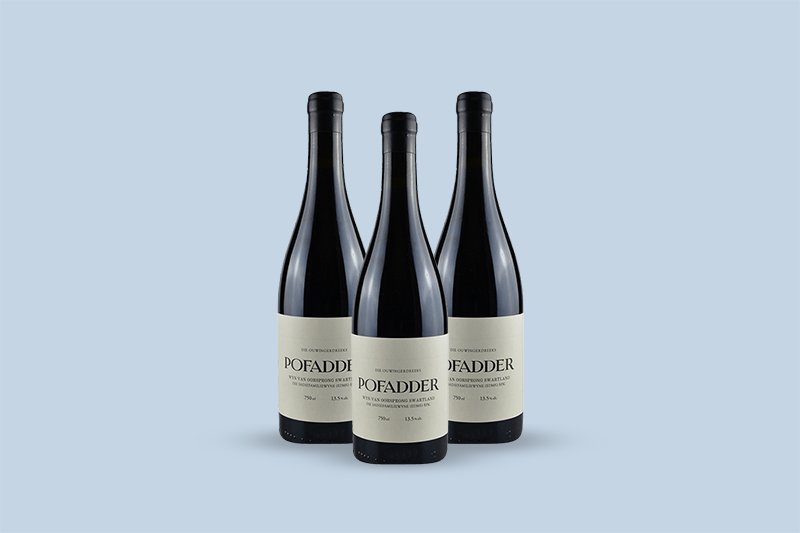
The 2018 old vine Pofadder is complex and beautiful, opening with light floral and red fruit expressions. A medium-bodied palate offers tart cherry and cranberry notes with bright acidity and a lightly spiced finish.
4. 2017 A.A. Badenhorst Ramnasgras Cinsault, Swartland, South Africa ($60)
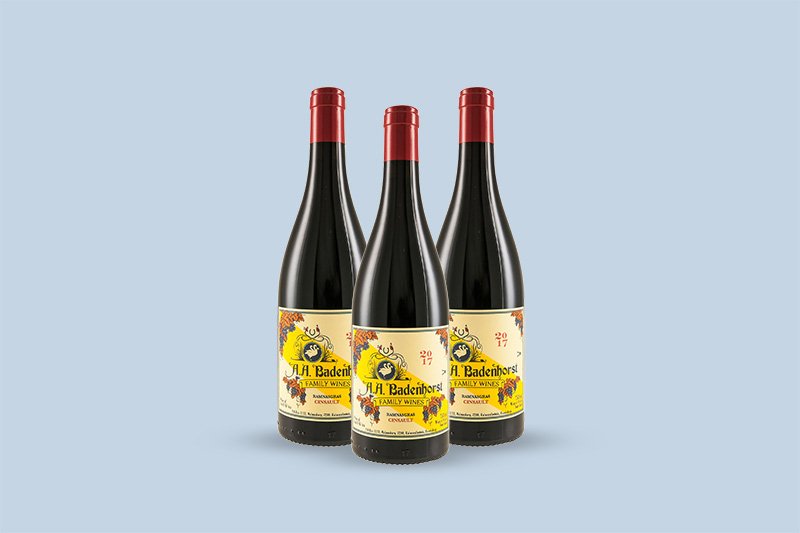
Medium ruby in color and medium-bodied, this structured red wine offers raspberry, cherry, and dusty rose aromas. There is sour cherry and redcurrant, graphite, and an earthiness accompanied by spice on the palate.
5. 2018 Domaine des Tourelles Cinsault Vieilles Vignes, Bekaa Valley, Lebanon ($30)
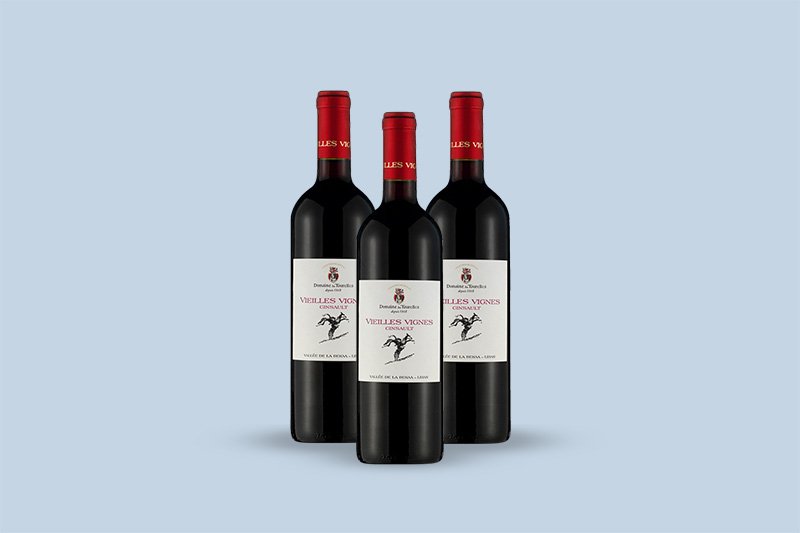
This Domaine des Tourelles vintage is from Cinsaut vines over 50 years old. Fermentation was conducted in concrete tanks using only wild indigenous yeast strains to allow the purest Cinsault expressions, resulting in a supple, almost decadent wine with candied red and black fruit notes.
6. 2020 Brash Higgins 'CINS' Lennon Vineyard Cinsault, McLaren Vale, Australia ($30)
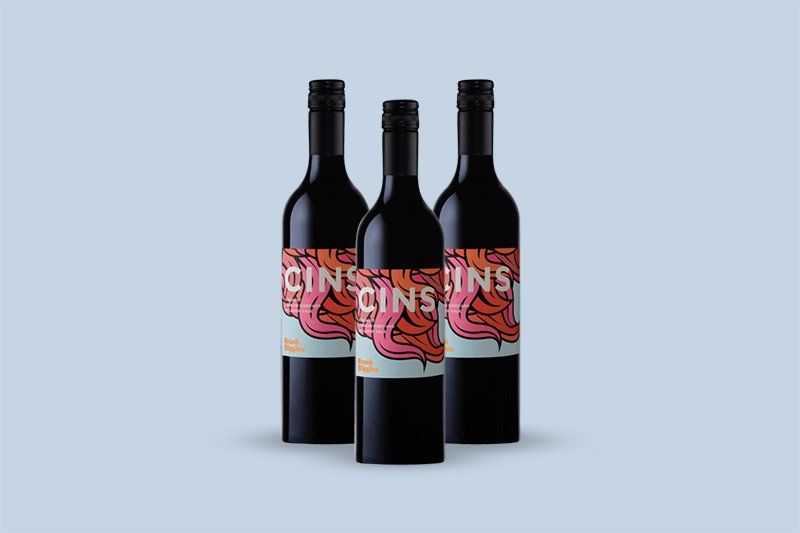
This 2020 vintage is from Cinsaut vines grafted onto a Semillon patch in the Lennon Vineyard in 2013. A brilliant ruby hue, this wine offers cherry, blood orange zest, and nutmeg notes on the nose. The medium-bodied palate is vibrant and balanced, imbued with cherry, ginger, and white pepper notes.
7. 2020 Turley Wine Cellars Bechtold Vineyard Cinsault, Lodi, USA ($30)
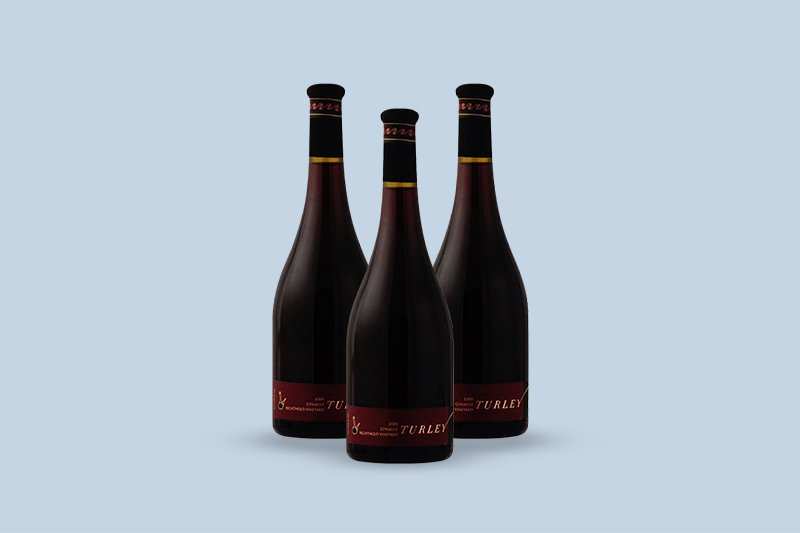
This lovely wine from the ancient vines of Bechtoldt Vineyard is fresh, tart, with low alcohol and high acidity. Light-bodied and balanced, it features creamy cherry notes bound to please a red wine enthusiast.
8. 2018 Birichino Bechthold Vineyard Old Vines Cinsault, Mokelumne River, USA ($30)
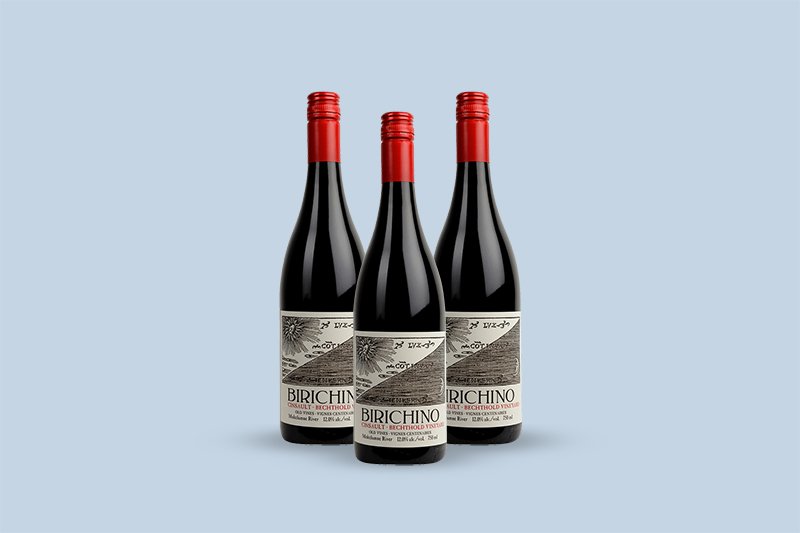
This 2018 offering from Birichino is an elegant, lightweight, old vine Cinsault. Its taste and aroma profile features black and red raspberry and blackberry, with red and black plum layers.
9. 2019 Pedro Parra 'Imaginador', Itata Valley, Chile ($20)

The 2019 Imaginador from winemaker Pedro Parra is a low alcohol (only 12%) with an elegant red fruit and earthy mineral profile. Produced from the fruit of five vineyards with vines 45-70 years old, it offers notes of sweet spice and racy red berry.
10. 2018 De Martino Viejas Tinajas Cinsault, Itata Valley, Chile ($40)
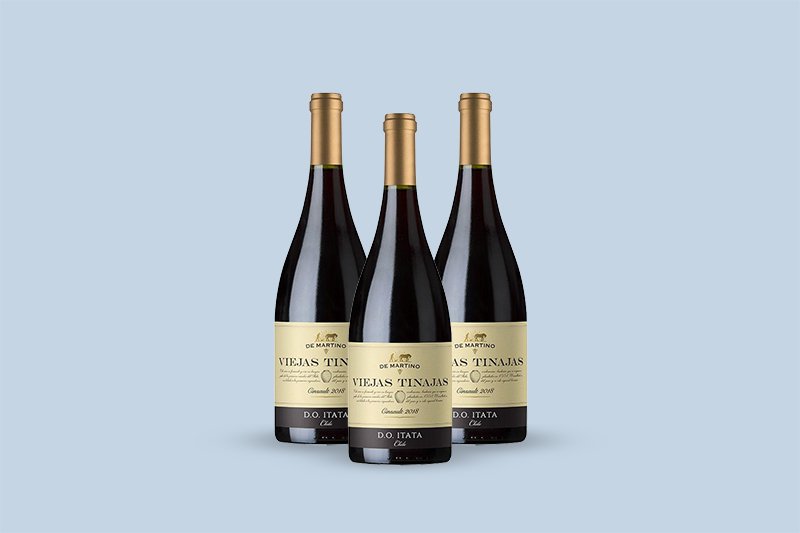
This 2018 vintage from the De Martino winery is 100% Cinsault, made with semi-carbonic fermentation in amphorae. It is a mid-purple hue, fresh and different from other Cinsault, displaying notes of old leather and spice with rose-scented raspberry fruit.
Some of the best Cinsault wines come from old vines.
Now let’s get into more details!
Why do Cinsault grapes thrive well in many places?
Cinsault in the Vineyard
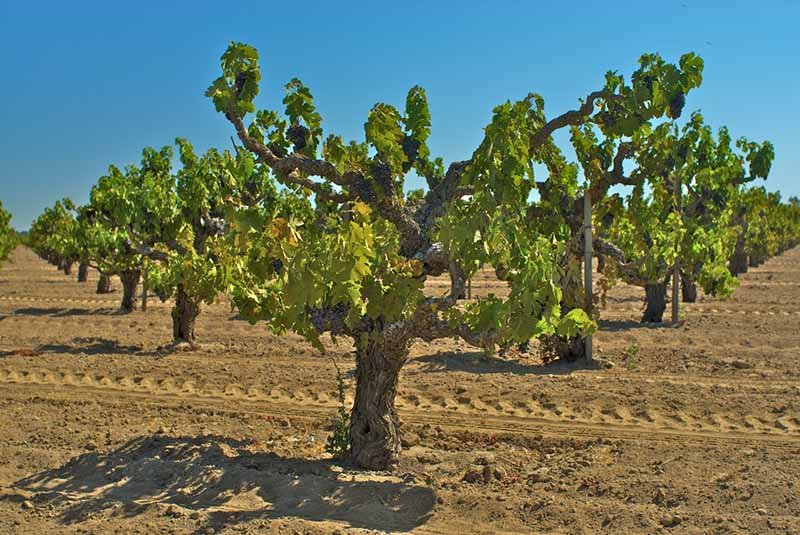
Cinsault thrives in warm, arid climates and is untroubled by drought.
However, it has a low tolerance to disease (where low temperatures and humidity often impact berry health), so the dryness suits it well.
Cinsault vines deliver prolific yields, forming tight clusters that ripen early. The vines require vineyard canopy management to keep crop levels in check.
A winemaker can draw out the grape’s flavor and strong aromatic qualities with controlled yields. Cinsault’s naturally low tannin levels and acidity also make it an exemplary blending component in the Rosé wines of Tavel and Provence.
Vine age is also considered necessary for Cinsault, with old vines producing fruit for outstanding varietal Cinsault wine.
Now, where are Cinsaut vines grown?
Cinsault Wine Regions

Cinsault vines have found their way to many significant viticultural regions. Let’s take a look:
- Australia: Cinsault’s heat resistance makes it ideal for places like Barossa Valley. Some varietal wines exist, but it’s more commonly blended with Grenache and Carignan.
- Chile: Old vine Cinsault on granite soil preexists popular export varieties like Cabernet Sauvignon. Here, you can find varietal Cinsault wine in the Itata Valley.
- France: Cinsault is one of the oldest grape varieties in France and is one of the minor grape varieties permitted in the Châteauneuf-du-Pape blend. It’s also cultivated in other Southern France areas like Bandol and Languedoc.
- Italy: Ostuni Ottavianello is a tiny DOC in Puglia dedicated to Cinsault red wine, producing less than 1000 cases annually.
- Lebanon: Cinsault can be found in the mountainous region of the Bekaa Valley and is an essential component of the Chateau Musar Cabernet Sauvignon blend.
- South Africa: In 1925, a cross between Pinot Noir and Cinsault created South Africa’s signature grape — Pinotage. Cinsault was the most planted red grape in South Africa, though much of it is blended with Cabernet Sauvignon.
- United States: The oldest Cinsault vines in the world were planted in 1886 and are found at the Bechthold Vineyard in Lodi, California. Great wine bottlings of 100% Cinsault can be found from producers like Turley Wine Cellars and Bonny Doon.
Other places that grow Cinsault include Algeria, Morocco, and Tunisia, where its heat resistance helps it adapt to these hotter viticultural regions.
With the grape's propensity to grow in diverse locations, is Cinsaut wine suited to different cuisines?
Cinsault Tasting Notes and Food Pairing
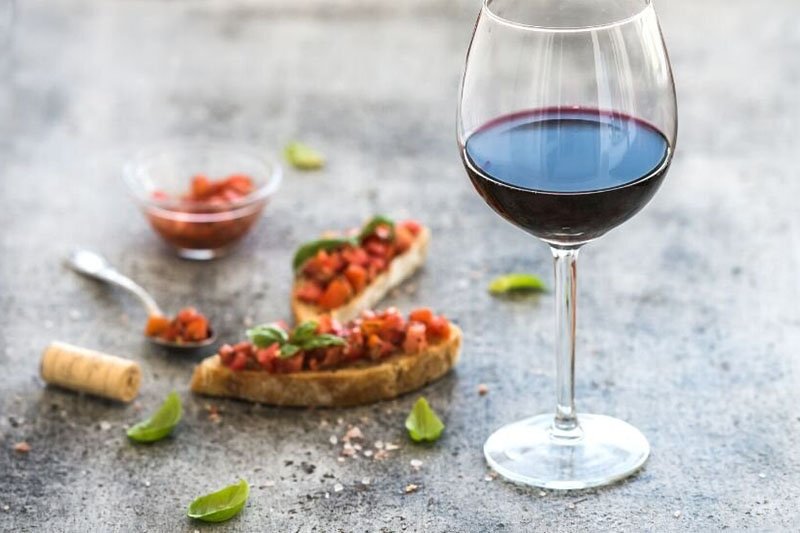
Varietal Cinsault is a soft, fragrant wine with a light, brick red color, low tannin levels, and acidity.
Its flavor profile often includes fruity notes like cherry, strawberry, and raspberry accompanied by spice and violets.
While its traditional food pairing is Escargot, it also matches rich foods well, like roasted meat dishes and stews with all types of beef, chicken, lamb, pork, and duck.
Char-grilled vegetables, black olives, or sheep’s milk cheese can pair it too.
Does Cinsault Age Well?

Good Cinsault wine can age surprisingly well for a grape that is light in tannins. This wine can be enjoyed upon release or relished five to seven years after the vintage. So, you can allow your Cinsault to be cellar-mates with your Cabernet for a while.
The Renaissance of the Cinsault Grape

The wonder of the Cinsault grape has been overshadowed by its blending counterparts for years, but this is all changing with heritage varietal wine gaining interest.
With wine regions becoming warmer due to climate change, this heat-tolerant grape has an excellent opportunity to make a name for itself.
However, varietal Cinsault is still uncommon, so give it a try if you come across a bottle.
And if you’re interested in investing in a fine Cinsault blend or even a rare red Malbec or white Viognier wine, you could always rely on Vinovest.
Vinovest offers an easy way to obtain authentic, rare wines for drinking, keeping, or selling. For details on how to start your wine portfolio, hop on over their website today!



